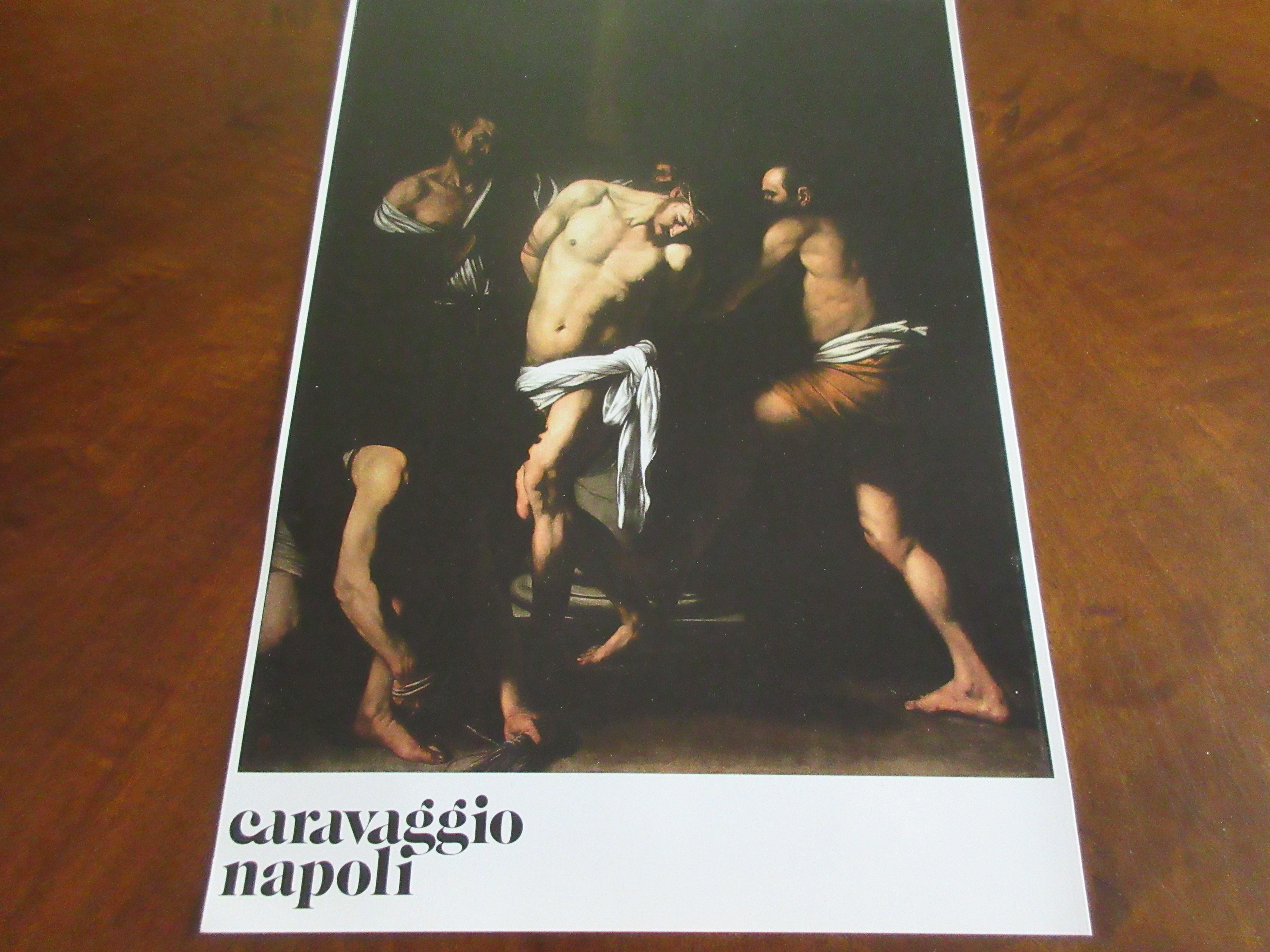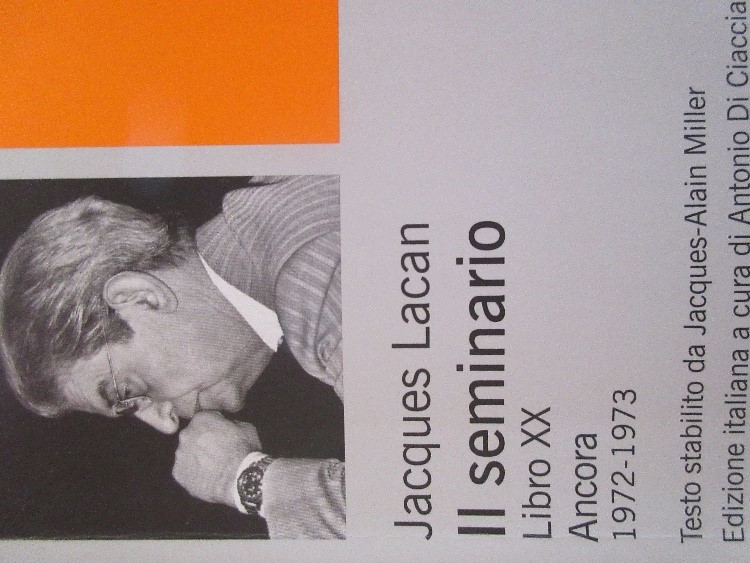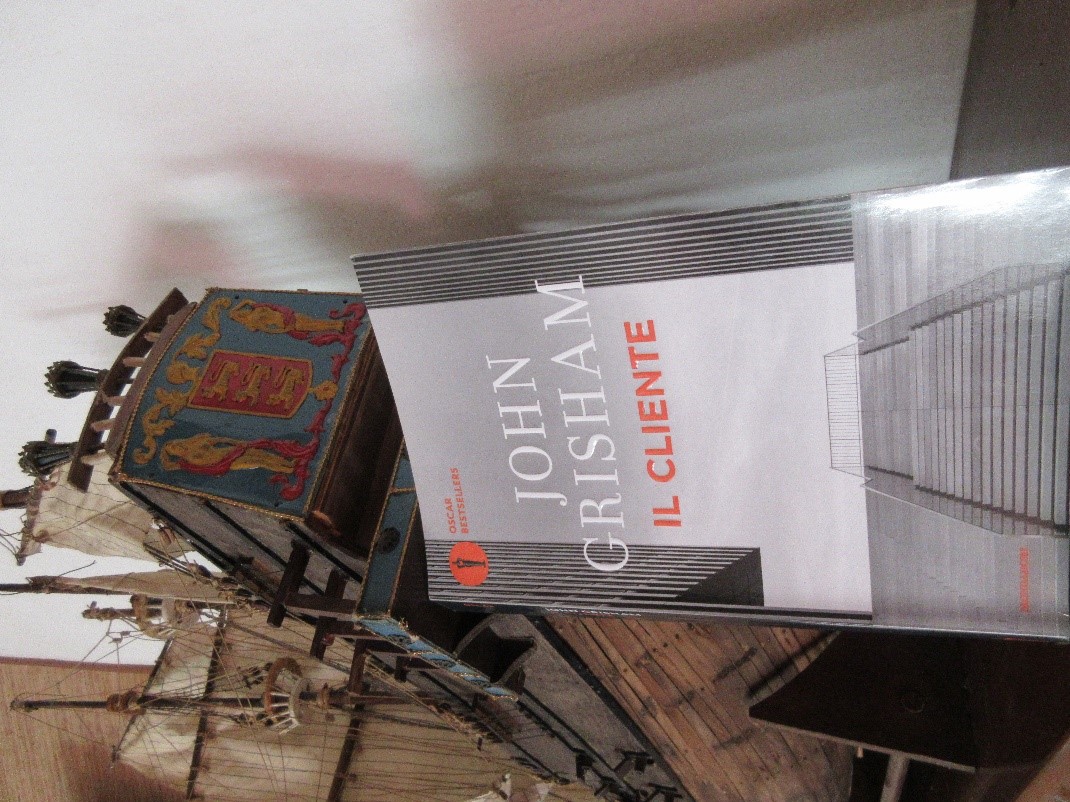Umbra mentis.

‘Caravaggio Napoli’ was the exposition in Naples gone at ‘Museo di Capodimonte’ April 12 – July 14, 2019) Picture ref.: 0_5516185_125008.jpg
‘Caravaggio’[1] is already famous when he comes in Naples September 1606, notwithstanding his arrival from Rome was rather escaping from justice[2].
As an international city, not just a town, Naples receives Caravaggio as a honour, and notable families soon commission to him important paintings, mainly for churches in central streets and squares.
‘Flagellazione’ is a frequent item in that Culture : ‘Flagellazione of Christ’ has been commissioned to Caravaggio by the judge Tommaso de’ Franchis, for S.Domenico Maggiore church[3]. And he again did surprise his public as roughly distancing by their Culture – he however knew in depth, and by which he had been educated for years – as this painting was really an ‘opera prima’ in Europe : ‘Flagellazione’ could divide infact any prevous flemish influence which insisted, notwithstanding the Council in Trento (1545-1563), on a ‘not human’ Christ, as sublimated and separated between a suffering body and a peaceful face.
This Christ (1607) is not distancing a millimeter from the real man of well known Gospels, he neither surrenders nor rebel to the people envy, who hate any involuntary light of his body : and everything is descripted in a suffering but not beggaring face, he well know the real life.
And capital are also the two persecutors, older infact and justified in their poor ‘jouissance’[4], exhausted indeed because of the following, unuseful at allo, torments and death.
Really is in that ‘before the martyrdom’, the wisdom Caravaggio did choose, the right time in which something can still light the perfect virility of a young, strong body of a man : so that we have here an excellent, more than faithful painter, opposing the catching smiling flemish fashion that submits to sin and to the eresy.
‘Umbra mentis’ does condemn the two persecutors, even favoured by an obscurity able to sweep away any reason and right mind, and that is only due to their geometrical position of common gestures : the non ingenuous human unvoluntarity is making his - or her, when a woman – innocence and cannot do but come up to the sunlight.
Neither will nor resiliency did lead Christ up to this point : he isn’t a stupid man at all – Caravaggio tells to us with an astonishing competence and without any emotion. Just a few paintings can so clearly express the human bless or the human evil.
This wasn’t a rush work for the author, ‘di getto’ as we say in italian, not usual for his own painter maturity, through a direct incision with the brush point on linen[5]. Those, as we technically name any painting cover[6], show a patient industriousness in Caravaggio.
On this wondering but profitable safeguard which Christ get into himself, Freud was wondering for a long time, as he treated a number of suffering patients by longlasting raves and visions : just a few years after editing in 1910 the ‘Schreber Case’, which he defined a paranoia case rather than dementia[7], Freud briefly had a dense correspondence with the american embassador William C.Bullit[8] - who was asking him for a comment on peaceful policy of U.S.A. president, Thomas W. Wilson, while he worked at the ‘Versailles Treaty’ (1919) – that both the acceptance of reality and its awareness are indispensable to avoid any madness.
With his lucid, revolutionary but not rebel interpretation, so long preceeding psychoanalitic discoveries, Caravaggio points then to an obscure, lying frivolity as a real responsible for criminality, and even for the most hateful crimes.
Marina Bilotta Membretti, Cernusco sul Naviglio March 27, 2021
[1] Michelangelo Merisi, said ‘The Caravaggio’ – place between Milan and Bergamo from which his parents came – was born in Milan in 1571; he died in 1610, when coming back to Rome.
[2] When fighting in town, in 1606, Caravaggio killed his adversary : after that last murder he was condemned to death.
[3] S.Domenico Maggiore is a very important cathedral in aples, where S.Tommaso D’Aquino lived and still remain his traces : ‘Flagellazione di Cristo’ was then transferred to Museo of Capodimonte, where nowadays it is.
[4] ‘Jouissance’ is a common term in French language, but was very often used by the French psychoanalyst Jacques Lacan to indicate ‘poverty’, also shown by unconscious.
[5] ‘Burying of saint Lucia’, Siracusa-Sicily (1608) – town where Caravaggio arrived from Malta – it is a specific painting by Caravaggio as the the drawing preceeding the oil colour was directly engraved on linen.
[6] On linen are evident the traces of a human then covered.
[7] “Schreber personality opposed a strong resistance to an imagination - ‘omosexual, passive which chose as a subject the medician himself’ (note by redactor) – and the and the defensive following struggle, among different shapes it could have assumed, we don’t really know why, the persecution deliry… The persecutor is separated, if we see better, between the medician Flechsig and God; then Flechsig has been separated in two different persons… This i very common situation in paranoia.”, ‘Osservazioni psicoanalitiche su un caso di paranoia descritto autobiograficamente. Caso clinico del presidente Schreber’, Sigmund Freud (1910) in ‘OSF. Vol.VI’ Bollati Boringhieri editore Srl (2012), pp.374-376.
[8] “…This too much enlarging of Super-Io is not so rare, indeed : psychoanalysis can confirm that is a quite normal, not constant, psychic situation when father is identified with God. But when a son identifies himself with his father and father with godness, leading even his own imagination to Super-Io, then he feel as godness is really into himself and that he can really become as godness. Everything he does must be right, as godness did. In some persons, the quantity of libido he or she puts into this imagination is so large that they can’t any more accept the reality when in contraddition with their fantasy. At the end they go to a lunatic-asylum. However, if a human has a Super-Io like this but he can keep an acceptation of real life and he - or she - have talent, then they can do something important in the world…”, pp.44-45 ‘Sigmund Freud. Manoscritto 1931 inedito in edizione critica’, by Manfred Hinz e Roberto Righi – transl. by Stefano Franchini (2015) ‘lacasa USHER’/ ‘VoLo publisher srl’.




